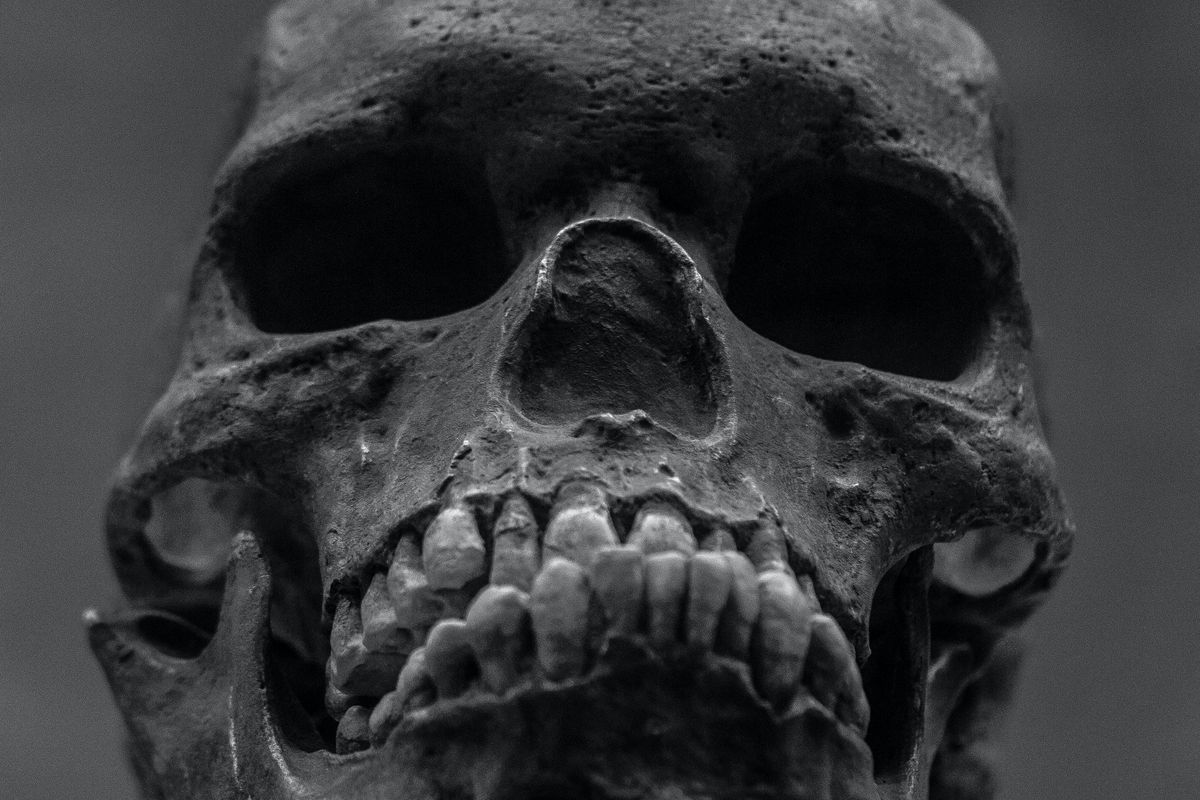
Processed food gets a bad rap. But without it, we might have never been able to even say the word “food.” Or “friendly,” or “fun” or “velociraptor” for that matter. Why is that?
“F’s” and “v’s” belong to a group of sounds known as labiodentals. They happen when you raise your bottom lip to touch your top teeth and are used in more than half of today’s human language. But science suggests we didn’t always have this linguistic ability.
As hunter gatherers, our ancestors ate a diet that was minimally processed and required more effort to chew. As a result, by adolescence their teeth would develop what’s called an edge-to-edge bite, where the jaw is elongated so that both the bottom and top teeth are completely flush with one another.
Cue the Neolithic period, where widespread agriculture meant more soft foods like stew and bread and less laborious chewing. Over time, the slight overbite that most people are born with stayed preserved, because chewing was less of an arduous process.
This also made labiodentals easier to produce, as indicated by a 2019 study published in Science magazine. You can catch the video below:
Researchers created two models—one of an edge-to-edge bite and the other of an overbite—to see which version was better for articulating labiodentals. The models clearly showed that the edge-to-edge bite required far more effort. Try to align your bottom and top teeth right now and say “fuh” or “vuh.” Not easy, is it?
The study offered the compelling argument that without the introduction to farming and softer foods, humans might have never incorporated labiodentals into their vocabulary. Even today, modern language used by hunter-gatherer groups use only one-fourth as many labiodental sounds as other languages affected by agriculture.
While the study was met with criticism, its findings offer an unprecedented concept: that our language is shaped not only by cultural and intellectual factors, but also by biological conditions. It also poses some new questions, such as what the spoken word actually sounded like thousands of years ago. It’s certainly an idea to chew on.
